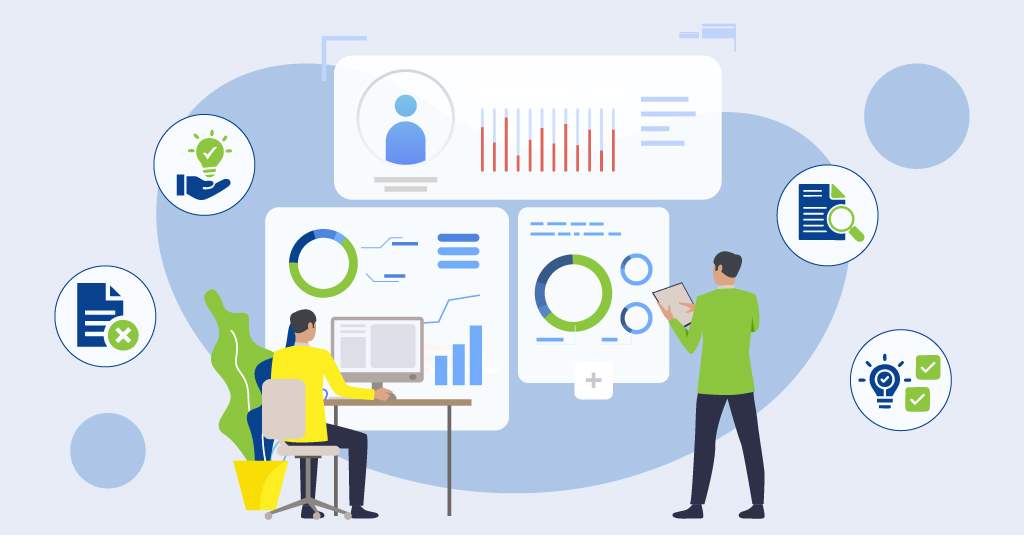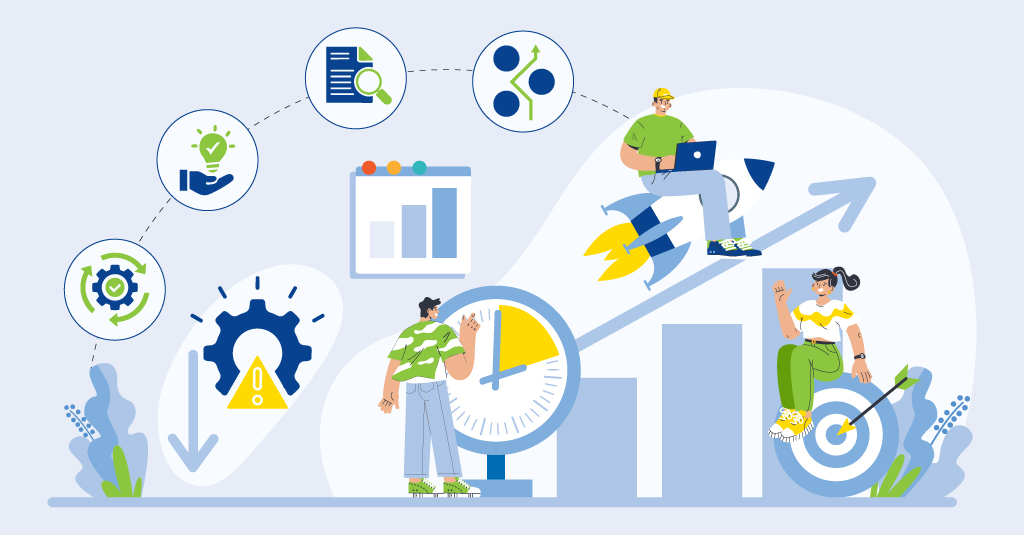
Introduction: The Cost of Getting It Wrong
Picture this: you’re at your desk, sipping your third coffee of the morning, and suddenly an email lands with “URGENT: Audit Findings” in the subject line. Your heart drops. Not because you did something wrong, but because someone in another region didn’t catch a policy update. Sound familiar?
One minor error, one unchecked box, or one out-of-date policy can result in fines, media attention, and restless nights in the financial services industry.
That’s why eLearning for compliance and risk is more than simply a fad…… It’s a strategic shield against risk. And let’s be real: traditional training methods often don’t cut it anymore.

Navigating the Regulatory Labyrinth
Remember when regulations were mostly local? Yeah, me neither.
Today’s financial institutions juggle:
-
Global frameworks like MiFID II, GDPR, Dodd-Frank
-
Regional rules that vary by country, state, and even province
-
Constant updates that can shift policies overnight
If you’re still running once-a-year seminars or emailing policy PDFs… yikes. That’s like trying to steer a speedboat with a paddle.
eLearning gives you the engine. A digital learning environment that can adapt, scale, and respond as fast as regulators do.

Why Traditional Compliance Training Breaks Down
Let’s be honest, who hasn’t zoned out during a 2-hour policy training?
Most legacy training models:
-
Don’t address role-specific risks
-
Focus more on checking boxes than changing behavior
-
Leave you with no way to prove someone actually learned something
It’s like handing someone a fire extinguisher manual while the kitchen’s already in flames.
With regulators demanding more proof of effectiveness, institutions need more than attendance sheets. They need evidence of learning, behavior, and risk mitigation.

Why eLearning Actually Works
Here’s where things get good.
eLearning doesn’t just digitize training. It transforms it. Imagine if your training system was as smart and adaptable as your fraud detection engine. That’s the kind of power we’re talking about.
Let’s break it down:
1. It Moves at the Speed of Regulation
New AML directive dropped? No problem. Update your module and roll it out globally today. No printing. No rescheduling.
2. It’s Personalized
Using adaptive learning logic, eLearning can assign different modules based on role, seniority, or risk exposure. A front-desk associate doesn’t need the same deep dive as a derivatives trader.
3. It Leaves a Trail
Everything is tracked by eLearning systems, including who finished what, when, how they scored, and what they found difficult. That’s your audit trail, right there.
4. It Actually Sticks
Short modules. Interactive scenarios. Real examples. That’s not fluff. That’s grounded in Cognitive Load Theory and Merrill’s First Principles, ways to ensure people remember what matters when it matters most.
Real Story: Learning From a Risky Slip
An old colleague of mine, let’s call him Jake, worked at a bank where a small team missed a mandatory sanctions update. They were using old PDFs. No one noticed until a client flagged it.
Result? Investigation. Embarrassment. Sleepless nights.
After that, they moved to an eLearning model. Content was tailored to roles. Push reminders ensured no one missed updates. Six months later, they passed their regulatory audit without a single citation.
Jake? He now sleeps just fine.

Common Traps to Avoid
Even good eLearning can flop if you:
-
Dump too much content at once (bye, retention)
-
Don’t update modules often enough
-
Ignore behavior and only track completions
-
Skip role-based paths (one-size never fits all)
Designing compliance training isn’t just about content. It’s about intent, experience, and follow-through.

Wrapping It Up: Compliance That Actually Works
At the end of the day, eLearning gives compliance teams what they really need:
-
A way to respond fast
-
A method to track what matters
-
A tool to reinforce critical behaviors
-
A partner in reducing actual risk
And for the learners? It’s shorter, smarter, and way less painful.
Let’s face it. Compliance training should do more than keep the regulators off your back. It should keep your people informed, engaged, and safe.
Let’s build something your risk officers, regulators, and your people will thank you for.
FAQs: Custom vs. Off-the-Shelf eLearning
If your workflows, tools, or brand vibe are one-of-a-kind- or if behavior change matters- custom’s your cheat code.
Yep, upfront it’s lighter on the wallet. But for long-term wins and role-specific skills? Custom flexes harder ROI.
For sure. Start with off-the-shelf for the basics, then sprinkle in custom modules where it really counts.
Depends on how ambitious you get- usually weeks to months. Planning ahead keeps you from sweating deadlines.
For general topics, yeah. For real-life scenarios or changing habits? Engagement can ghost you.
Totally. You own the content, so edits, tweaks, or upgrades? All yours.
Custom can adapt paths, toss in interactive exercises, and mix multimedia to match every brain type.
Mostly basic stuff- completion rates, quiz scores. Custom digs deeper: behavior, skill gaps, all the good analytics.
Quick wins? Off-the-shelf. Lasting change? Custom. Pick your lane- or flex both.
Yep. They make it seamless- fast deployment, tailored experiences, or a mashup.

Pick Smart, Train Better
Picking off-the-shelf or custom eLearning? Don’t stress. It’s really about your team, your goals, and the impact you want. Quick wins? Off-the-shelf has you covered. Role-specific skills or behavior change? Custom eLearning is your move.
Upside Learning makes both options effortless. Whether it’s ready-to-roll courses or fully tailored experiences, we handle the heavy lifting- interactive modules, adaptive paths, branded visuals, and analytics that tell you something. No wasted time, no generic content- just learning that sticks.
Ready to level up your team’s learning game? Connect with Upside Learning today and see how we make training fast, engaging, and results-driven. Your team deserves training that works- and we deliver.


















